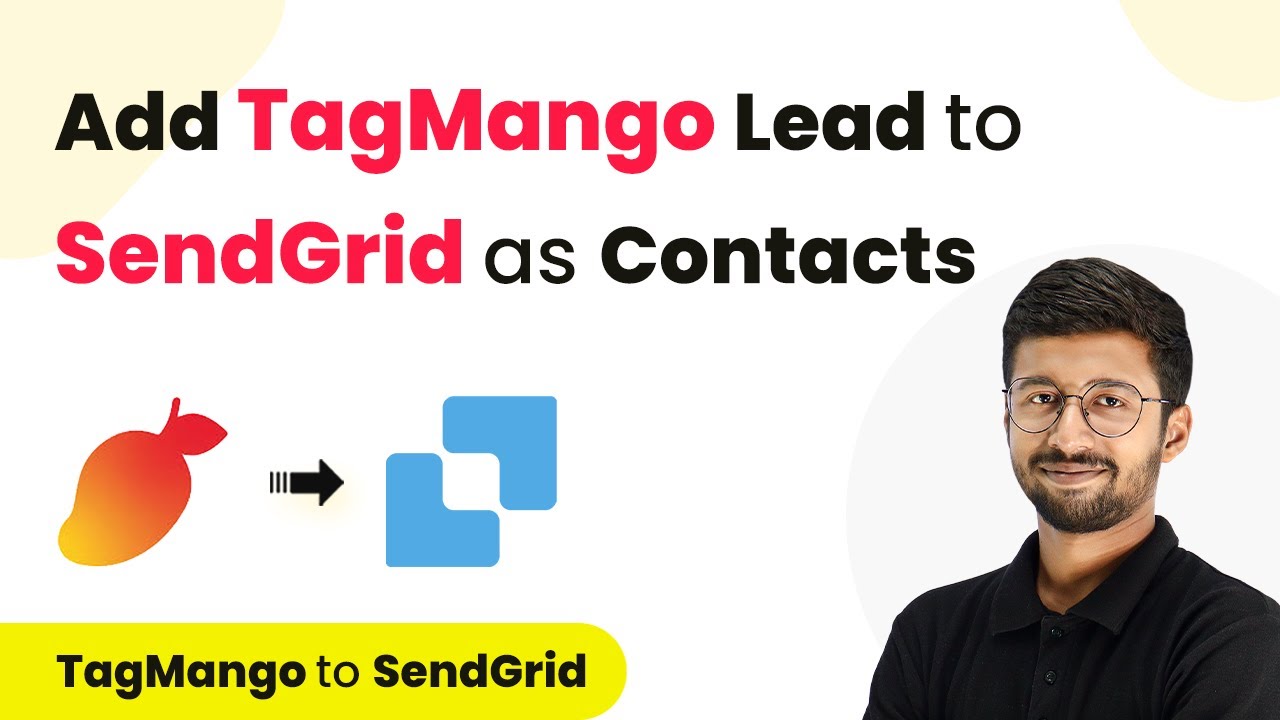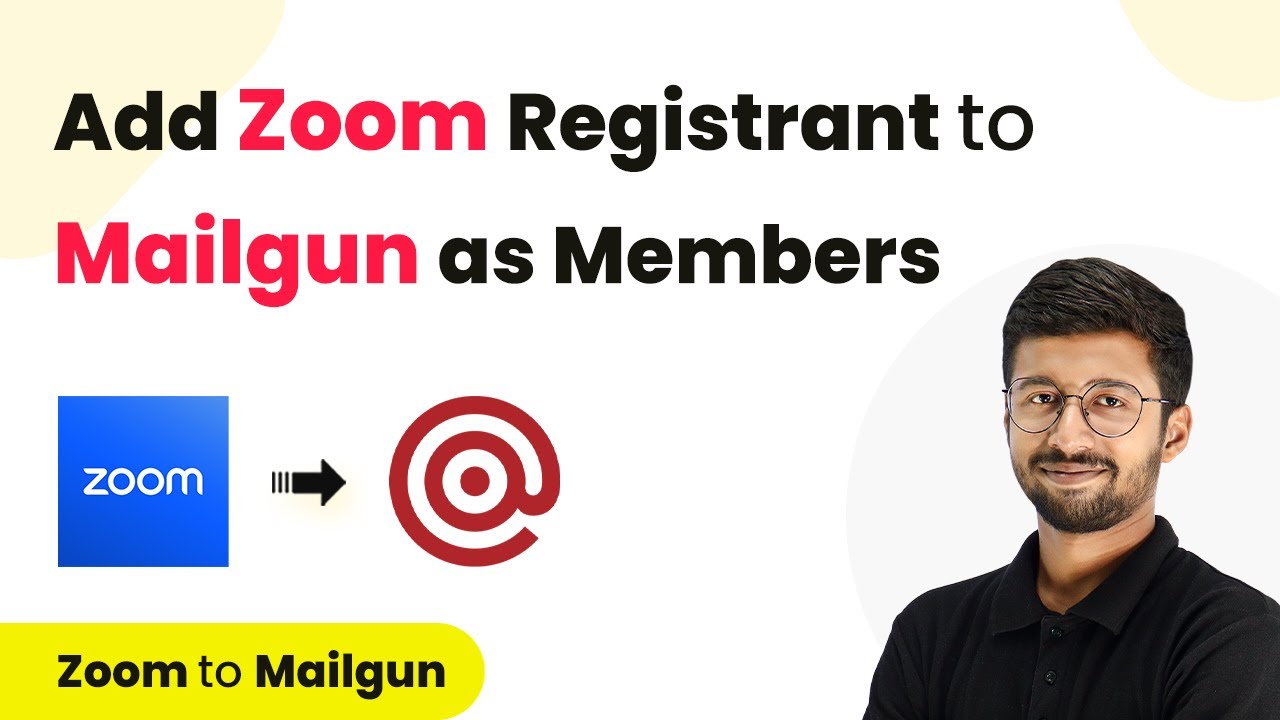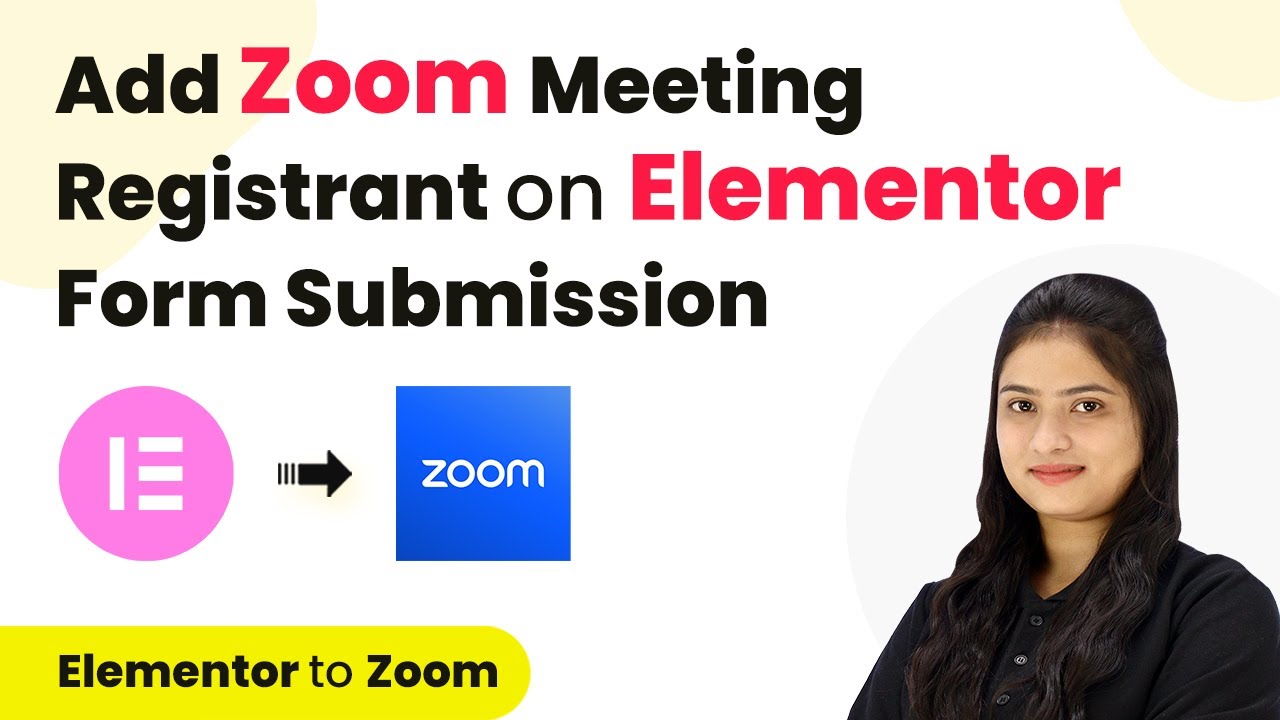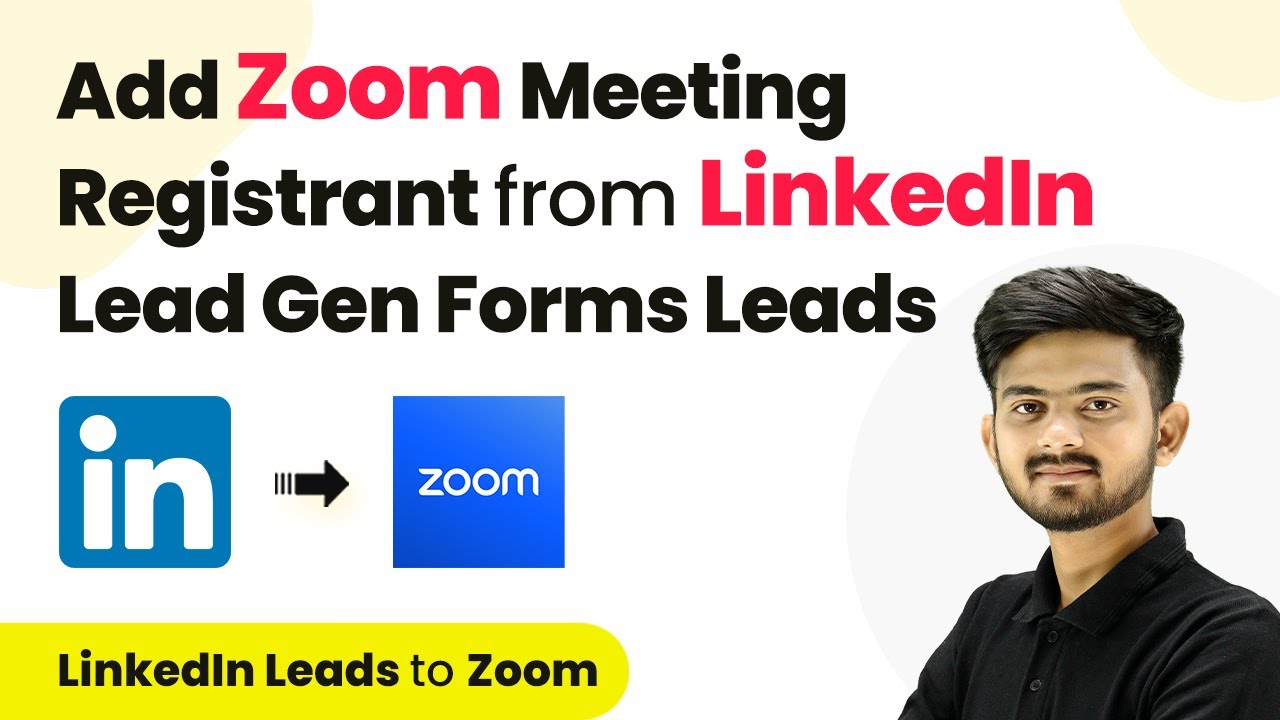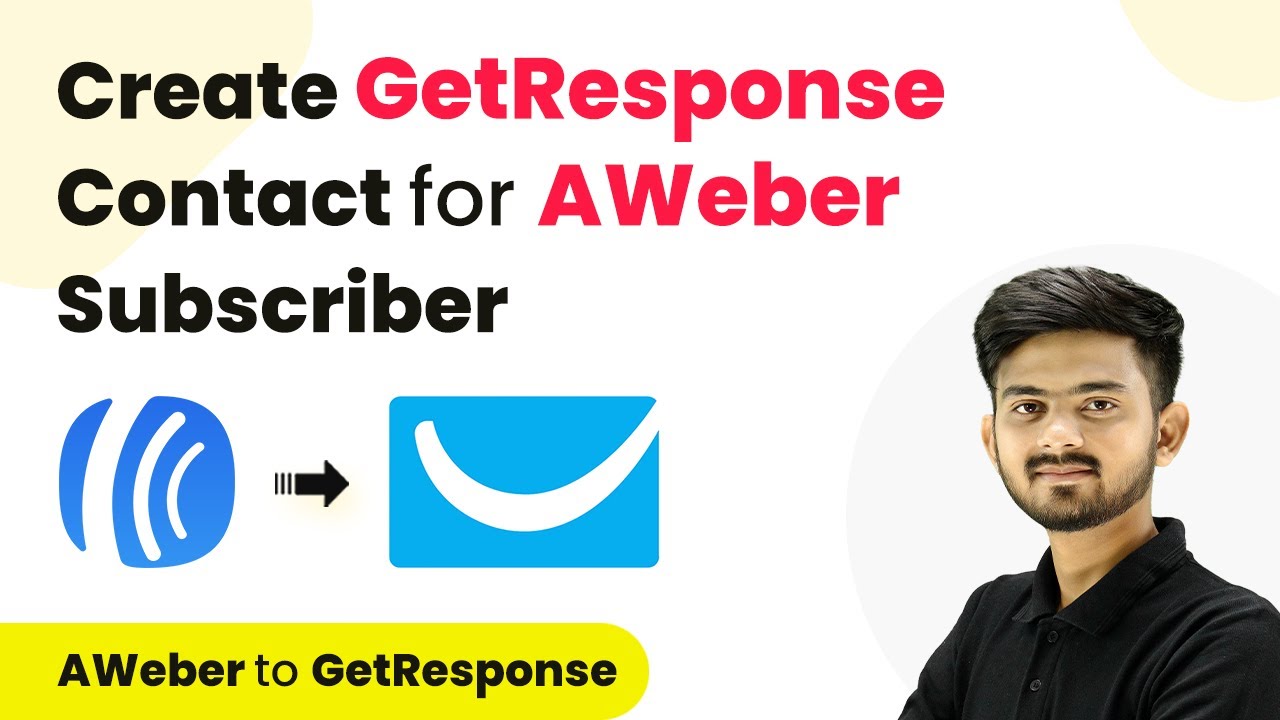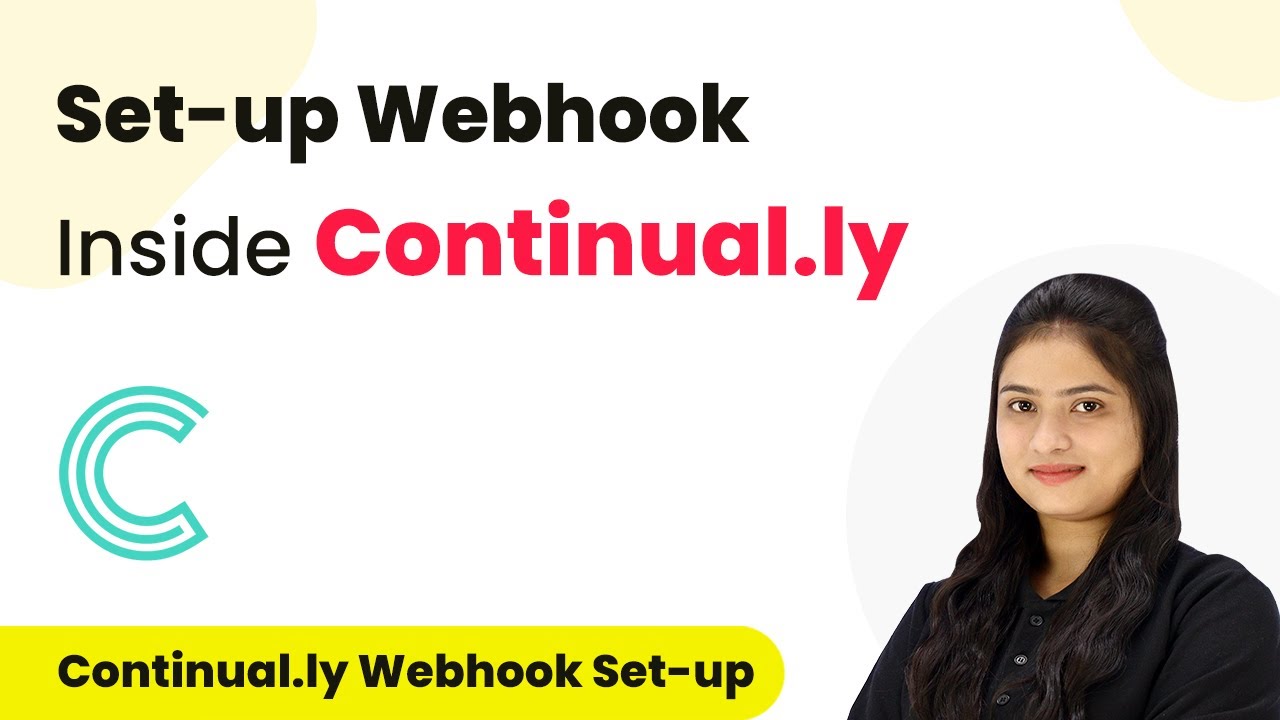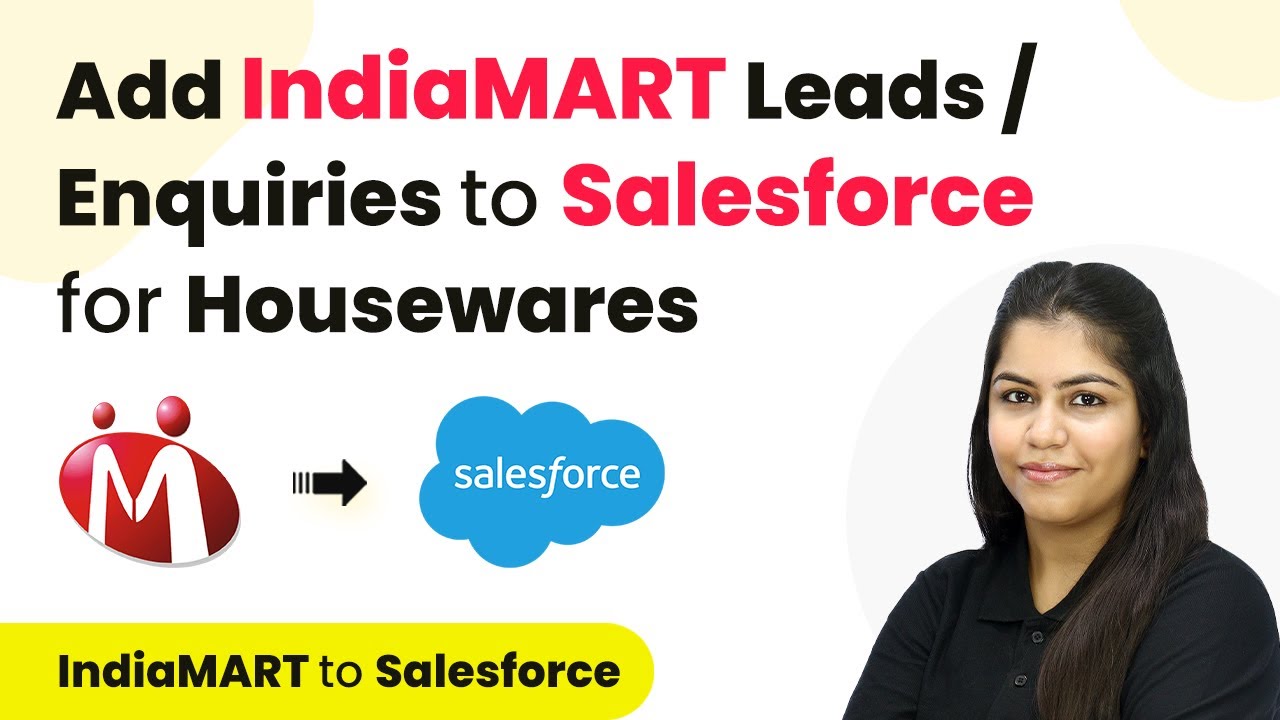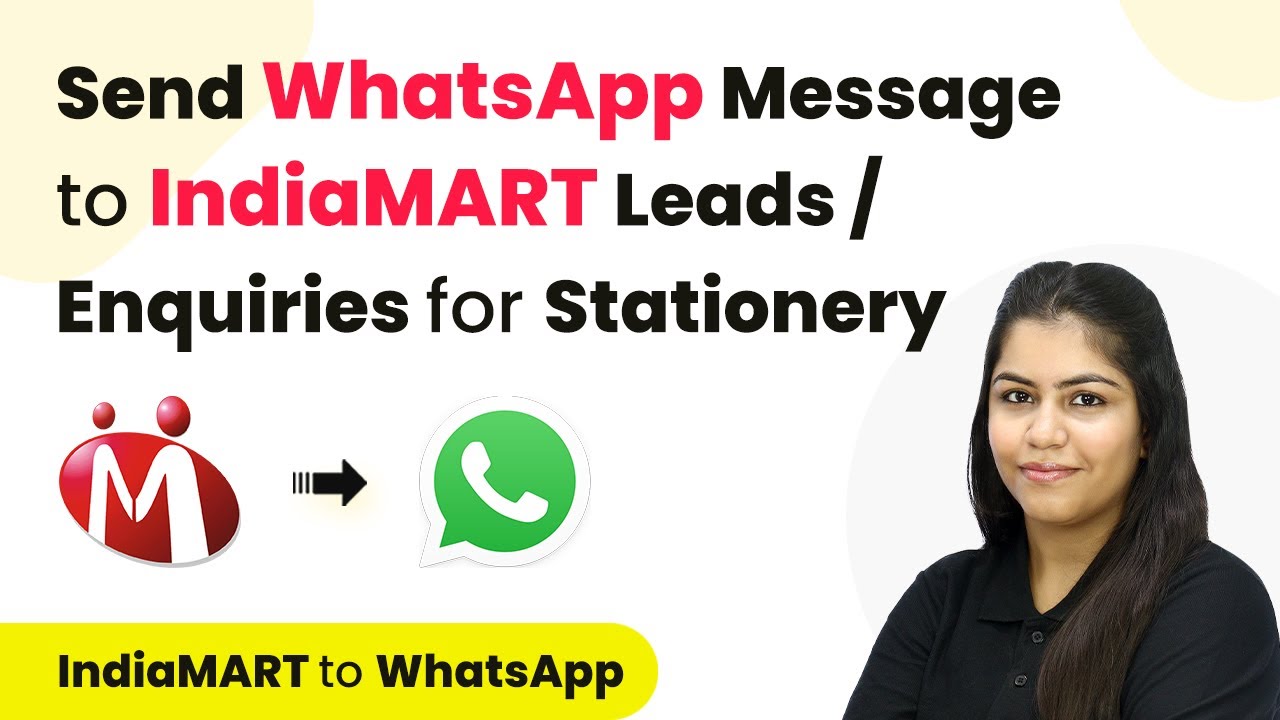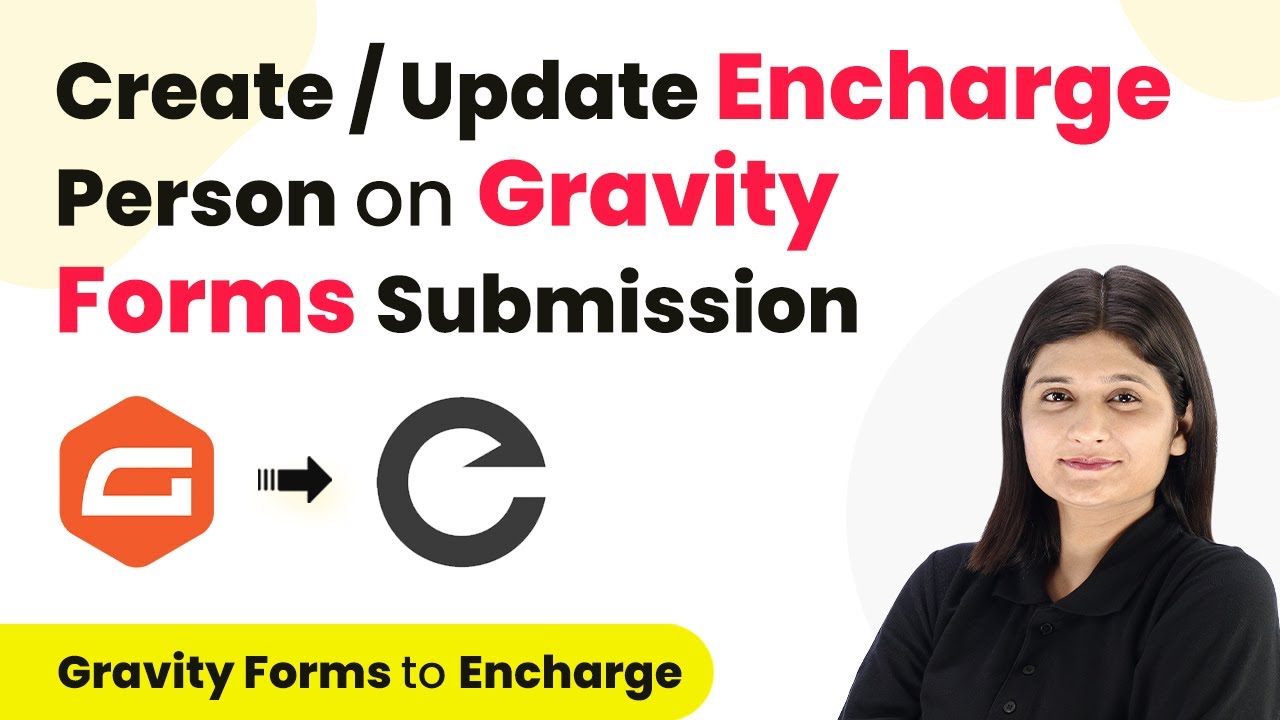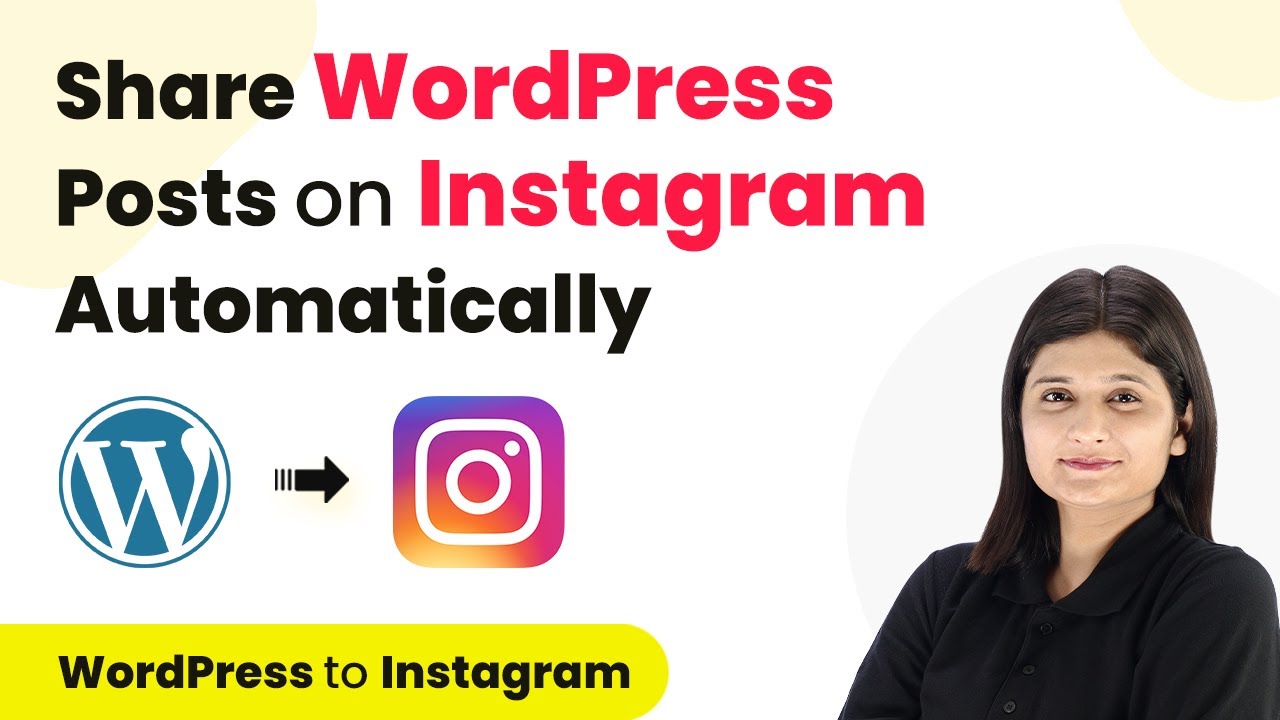Learn how to integrate Lead with Just Using Pabbly Connect to automate your workflows effectively. This tutorial covers detailed steps for seamless integration. Master proven automation processes with practical implementation examples and strategic recommendations you can apply immediately in your workflow. with Pabbly Connect.
Watch Step By Step Video Tutorial Below
1. Setting Up Integration Between Lead and Just
To begin integrating Lead with Just, you need to access your Lead account. This integration allows you to automate the process of capturing new leads and sending them to Just. First, log into your Lead account and navigate to the settings. using Pabbly Connect
Within the settings, ensure you have the necessary API keys ready. These keys will enable the connection between Lead and Just, allowing seamless data transfer. The next step is to set up a new integration workflow.
2. Creating the Workflow in Make
After setting up your Lead account, the next step is to create a workflow in Make. This is crucial for automating the lead capture process. Start by logging into your Make account and clicking on the ‘Create Workflow’ button. using Pabbly Connect
- Name your workflow appropriately, such as ‘Lead Integration with Just’.
- Select the appropriate folder in your Make account for better organization.
Once the workflow is created, you will see two main sections: the trigger and action windows. The trigger will handle incoming leads, while the action will define what to do with those leads once they are captured.
3. Configuring the Trigger Event for New Leads
The trigger event is essential for detecting when a new lead is captured in Lead. In the trigger window, search for the Lead application and select it. Choose the trigger event as ‘New Lead’. using Pabbly Connect
Next, connect your Lead account by entering the API key. You can find this key in your Lead account under the API settings. Once connected, select the specific landing page from which you want to capture leads.
4. Defining the Action Event to Send Leads to Just
After setting up the trigger, the next step is to define the action event that will send the captured leads to Just. In the action window, search for Just and select it. Choose the action event as ‘Add Contact’. using Pabbly Connect
Connect your Just account by entering the required API key. After establishing the connection, you will need to map the fields from Lead to Just. This includes the lead’s name, email, and any other pertinent information.
- Map the lead’s email address to the corresponding field in Just.
- Ensure all required fields are filled correctly to avoid errors.
Once all fields are mapped, save your workflow and test it to ensure everything functions correctly.
5. Testing and Verifying the Integration
To ensure the integration works as intended, perform a test by submitting a dummy lead through your Lead landing page. Check if the lead appears in Just as expected. using Pabbly Connect
After submitting the test lead, navigate to your Just account and verify that the new contact has been added successfully. This confirms that the integration between Lead and Just Using Pabbly Connect is working perfectly.
Repeat the test with different leads to ensure reliability. If everything functions correctly, your integration is now fully operational, allowing you to automate lead management efficiently.
Conclusion
This guide summarizes the key points and helps you understand the essential features and benefits of using this tool.
Thanks for following along with this tutorial! Remember to subscribe to the channel for more helpful content like this.
If you found this guide useful, please consider giving it a thumbs up and sharing it with others who might benefit from it.
In conclusion, integrating Lead with Just Using Pabbly Connect streamlines your lead capture and management process. By following the steps outlined, you can automate your workflows effectively and enhance your productivity.
